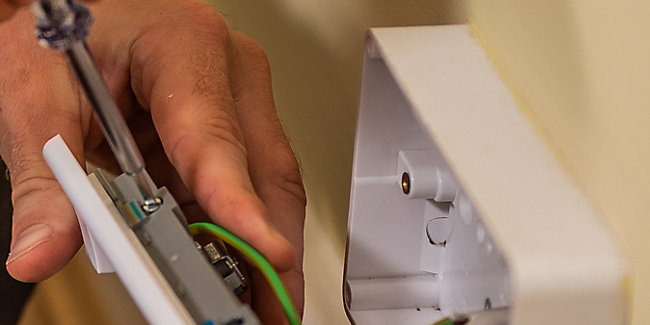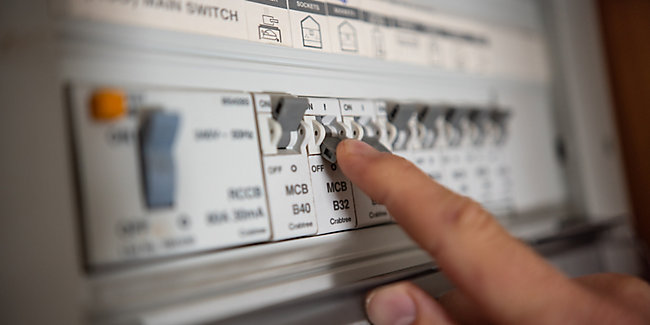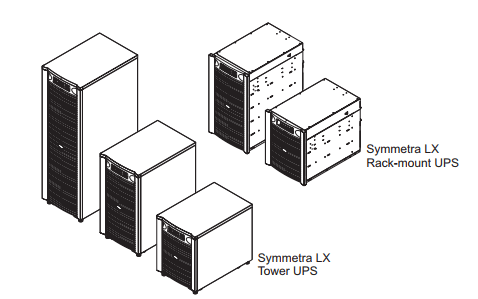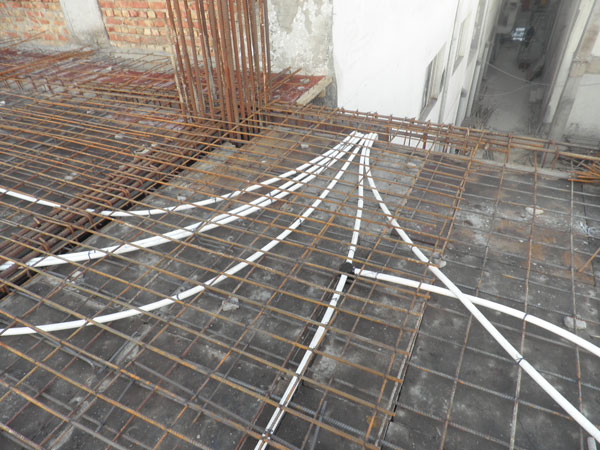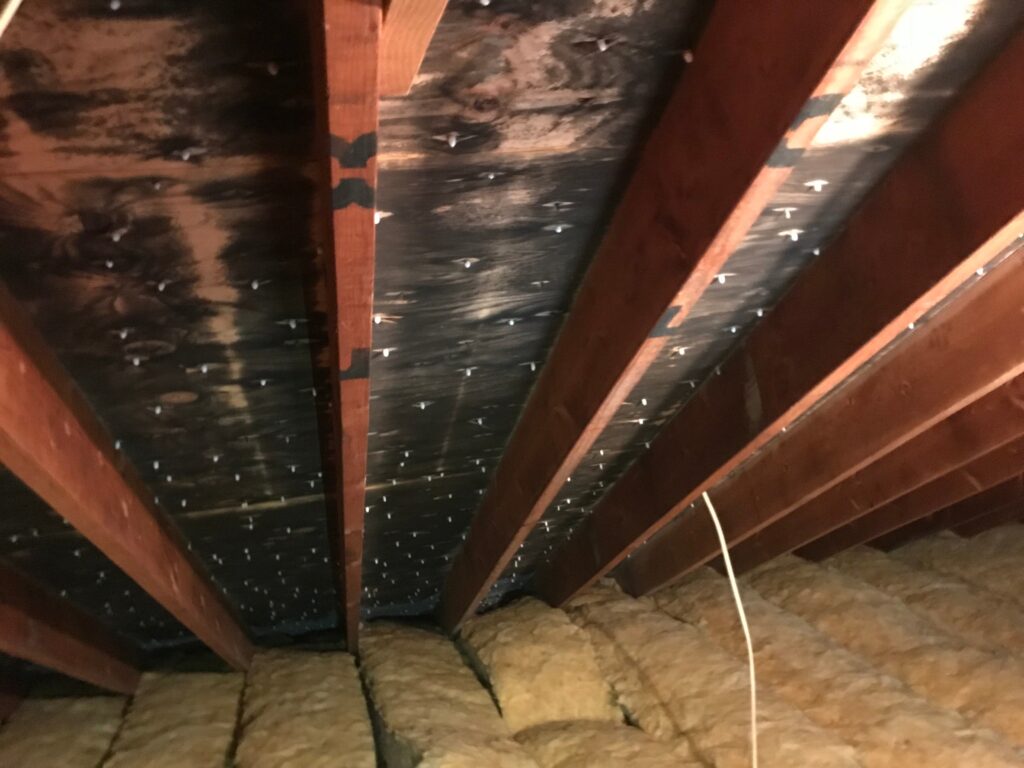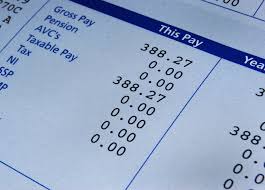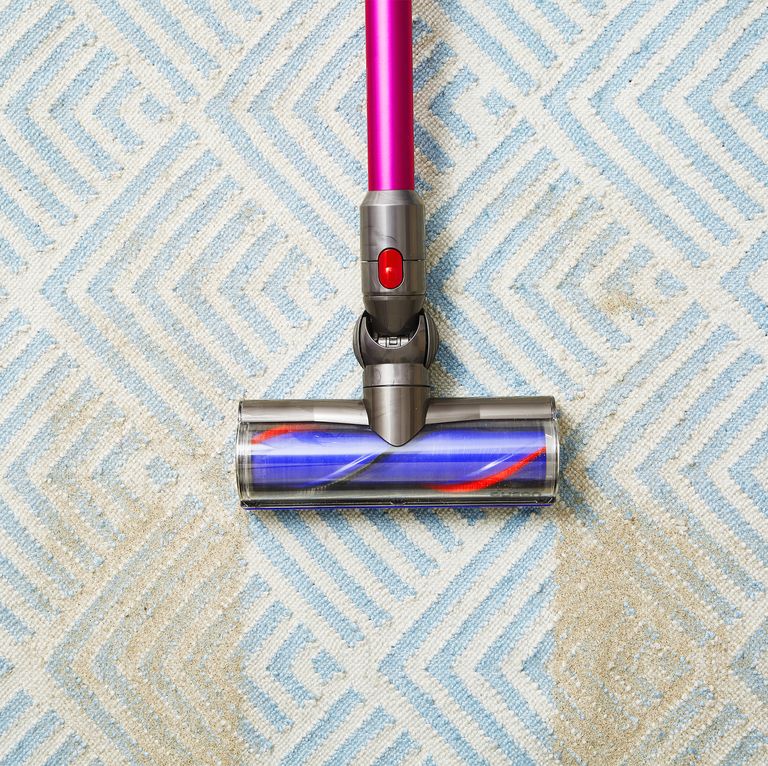Why You Should Have a Photo Booth at Your Wedding
Photo booths are incorporated in almost all wedding receptions. They are a classic way to add style and more fun to your wedding. People of all ages enjoy taking pictures at the photo booth.
Also, while making a photo booth station, it gives you the freedom to decorate it as you like. Photo booths are a great way to have fun and capture moments that you would want to cherish forever.
There are various details that go into making the perfect photo booth; a backdrop, props, lighting, spotlights, digital cameras. While some things like spotlights and props are optional, a backdrop and a nice digital camera are required.
Some people choose to build their own photo booth stations, and some opt to hire the entire setting from a wedding photo booth company. Every photo booth company offers different types and designs, from which you can choose for your big day.
If you are new to the wedding photo booths concept, hiring them will be more favorable. Also, you can always share your ideas and take help from photo booth rentals to make your big day even more memorable.

Top Reasons Why You Should Have a Photo Booth
- Entertainment. Having a few activities besides dancing at your reception is a good way to make sure all your guests have fun. Sometimes people just want a break from busting a move, and the photo booth provides a nice escape. It’s also a good place for people to gather and socialize. Your guests will love it. We always have a queue to get into our booth and when guests come out they are always smiling; so much so they come back again and again!
- It creates a great keepsake — for you and your guests. People will appreciate having a photo of themselves with their friends, their kids, or their date. But even if they don’t care about that, you will love having fun pictures of your wedding guests. If you think of it like a modern guest book, it seems silly to skip it just because it’s been done before.
- It’s not cliche for the older set. Your bridesmaids, who spend many an hour looking at online wedding inspiration with you may think its only a trend because they have seen too much of it. But your older relatives and guests who don’t attend many weddings will likely still find the photo booth totally delightful and fun.
- It’s suitable for all ages. You don’t have to be young to enjoy a photo and your aunt might not want to dance to Rihanna! She might want to take this ‘photo opp’ with her niece and both of them have a memory and print to share.
- Nostalgia. Back in the good old days where phones didn’t travel with us and take pictures, we headed with our friends to a booth in the malls or party to commemorate the event. Photo booths now aday harken back to this old time feel with updated props and accessories.

Bring in the props!
Breathe some of your personality and your sweetheart’s into your wedding day with larger than life props. Maybe you have a cut-out of your alma mater’s mascot or a saying that is special to the two of you. You and your guests will have a blast trying on the different props and laugh along the way.
Help capture memories that your photographer might miss.
A photographer and his/her assistant can only be in so many places at once! Capture those precious moments at your photo booth.
It’s something fun.
Cheesing in front of a photo booth is just plain fun for both you and your guests. Laugh the night away while capturing moments you’ll cherish forever.

Theme it!
Are you having a theme on your big day? Whether you want a winter wonderland, day at the beach or even just a color we can bring the props to match your theme.
Suitable for all ages: “I have to say I loved the photo booth and so did the kids!” writes another parent. “It was amazing, such a giggle and it was nice to have something that everyone could join in with. It’s FAB! Thanks again!”
Sufficient Photographs:
Wedding photographers may not take photos of every guest since they are usually paid for limited coverage. So, getting a photo booth from the photo booth rentals is a great way of extending your photography coverage.
It takes photos of almost every guest who come and attend the wedding so that there are sufficient photographs of everyone.
Types of Wedding Photo Booths
Open Photo Booth:
The open-air photo booth is one of the most popular types of photo booths. It is actually a booth-less photo station, where the camera is attached to a tripod or just the table. There can be a background that comes with it or just props or the camera. It enables you to create our own type of backdrop. You can use it by pressing the start button or the option, where it will take you to a countdown.
You can get the photographs either through your email address or get them printed on the spot.
Video and GIF Photo Booths:
The video booth allows you to record shorter clips in a hyper-slow manner. It creates a funny result and atmosphere in the booth, where it also remains very memorable.
The GIF booths allow you to make animated GIFs with friends and families. These GIFs can also be used to upload on your social media and other pages to remember those days that have gone by.
Green Screen PhotoBooth:
This type of photo booths makes your friends and family click incredible pictures by enabling them to choose the backdrop.

